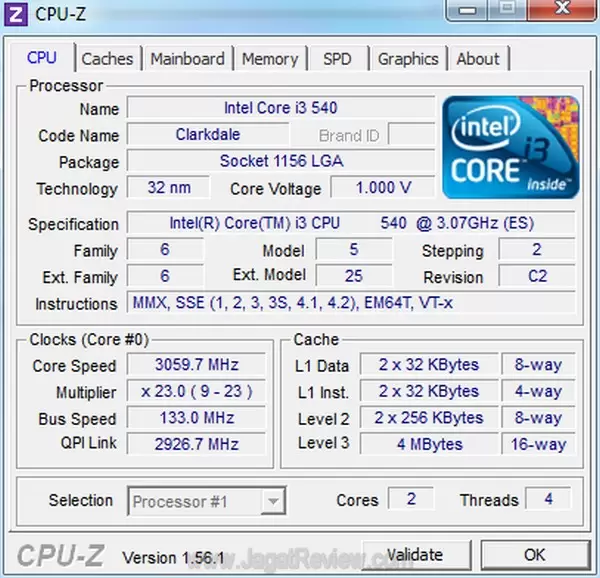


- Intel quicksync and blender how to#
- Intel quicksync and blender install#
- Intel quicksync and blender drivers#
- Intel quicksync and blender driver#
- Intel quicksync and blender windows 10#
c -o gp-xstrdup.o `test -f libyasm/xstrdup.c || echo './'`libyasm/xstrdup.c c -o gp-xmalloc.o `test -f libyasm/xmalloc.c || echo './'`libyasm/xmalloc.c c -o gp-phash.o `test -f libyasm/phash.c || echo './'`libyasm/phash.c c -o gp-perfect.o `test -f tools/genperf/perfect.c || echo './'`tools/genperf/perfect.c c -o genperf.o `test -f tools/genperf/genperf.c || echo './'`tools/genperf/genperf.c usr/bin/install -cĬhecking whether build environment is sane. configureĬhecking for a BSD-compatible install.
Intel quicksync and blender install#
STEP 7) Install yasm – a dependency for the ffmpeg ~]# wget ~]# tar xzf ~]# cd yasm-1.3.0]# export CFLAGS="-O2 -march=native -msse3 -fomit-frame-pointer yasm-1.3.0]# export yasm-1.3.0]# export yasm-1.3.0]# export yasm-1.3.0]#. This is required because ffmpeg expect these files to be in a ~]# mkdir ~]# cp /opt/intel/mediasdk/include/*.h /opt/intel/mediasdk/include/mfx/ STEP 6) Move the Media SDK include files in a mfx sub-directory
Intel quicksync and blender driver#
“Install Intel Media Studio SDK and GPU driver from Intel Media Server Studio 2018 R1 – CentOS 7 ()” STEP 5) Tune pkgconfig libmfx (Intel library, installed with the Media Server Studio) We have an article on the topic – Download, what is in the package Intel Media Server Studio 2018 R1 and which Linux distro it supports STEP 4) Install Intel Media Studio SDK from Intel Media Server Studio 2018 R1 We have an article on the topic – Howto do a netinstall of CentOS 7 () – minimal server installation STEP 3) Download Intel Media Server Studio 2018 R1 We have an article on the topic – Enable internal graphics in SUPERMICRO servers STEP 2) Install the right CentOS 7 – Here are the steps: STEP 1) Enable internal graphics in your system. libmfx.a dispatcher – the API for your application.Installing Media Server Studio your system will get validated stack of software by Intel to build application against Media SDK interface:
Intel quicksync and blender how to#
Here are the steps how to enable the hardware options and what and how to install the software to hardware encode a video stream successful under linux – CentOS 7 distro.įor the first four steps just follow the howto “Install Intel Media Studio SDK and GPU driver from Intel Media Server Studio 2018 R1 – CentOS 7 ()” Here we include only the headers of the steps, because they are important part of this howto. Some of the Intel processors have GPU unit in them, which can be used to decode and encode video streams and it is pretty fast! High end Intel CPU could encode around 20 h264 (using faster preset) video streams on a single processor mini server as SUPERMICRO system using X11SSV-M4F.
Intel quicksync and blender drivers#
13:18:51.825: Info: Main: Highest software API version: 1.9įor those having Intel HD 3000 with NVidia or just Intel HD 3000 - there is no need to apply AMD Catalyst drivers - you just run Leshcat installer to uninstall pack of drivers (AMD + Intel) and later just install Intel ones (manually or via setup.exe).This howto shows how you can use ffmpeg to hardware accelerate the video decoding and encoding if you have the proper Intel processor. 13:18:51.824: Info: Main: Highest Quick Sync hardware API version: 1.4 13:18:49.824: Info: Main: Intel HD graphics driver: Intel(R) HD Graphics 3000 capabilities (hardware): vsinfo opt1Ĭ:\Program Files (x86)\q264>q264.exe -info

preferred implementation: hardware (any) Intel Media SDK hardware: API 1.4 (minimum: 1.3) OpenCL device # 1: Advanced Micro Devices, Inc. Temp Dir: C:\Users\tskon\AppData\Local\Temp\ĭata Dir: C:\Users\tskon\AppData\Roaming\HandBrake Team\HandBrake\0.0.0.0
Intel quicksync and blender windows 10#
Since then QSV encoding in Handbrake and q264 in Windows 10 works like a charm ! "Catalyst UnifL – Catalyst Unified Leshcat Drivers" work: average encoding speed for job is 271.954529 fps.įor me the solution was to replace default Windows 10 Intel drivers for HD 3000 (provided by M$ via Windows Update) and replace them with customized ones for HD 3000: below result after applying new drivers): On default W10 Intel drivers for HD 3000 there was no support for Intel QSV (insane fast hardware H264 encoding in short, e.g.

GPU: Intel HD Graphics 3000 / AMD Radeon HD 7400M Series


 0 kommentar(er)
0 kommentar(er)
